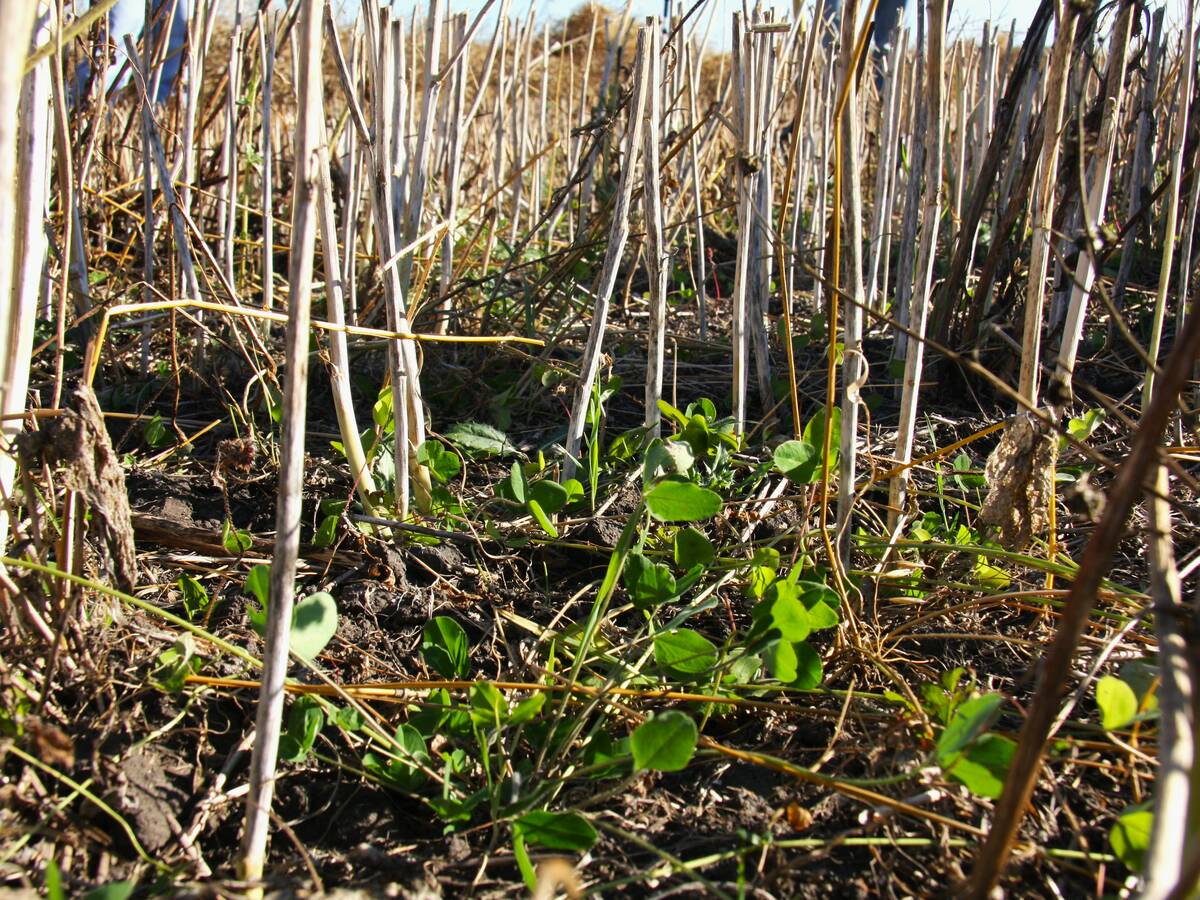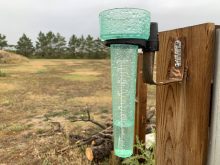Fall rye acreage is likely to be down across Western Canada this fall due to a late harvest.
Prairie farmers normally seed winter cereals before mid-September, but slow harvest progress made fall seeding a secondary concern for many.
Grant MacLean, Saskatchewan Agriculture crop specialist, said fall-seeded acreage in Saskatchewan would be hard to peg.
“I think in general, we’re expecting a lower number of acres of winter cereals … especially now that we’re past the mid-point (of September),” McLean said.
Read Also

Saskatchewan project sees intercrop, cover crop benefit
An Indigenous-led Living Lab has been researching regenerative techniques is encouraging producers to consider incorporating intercrops and cover crops with their rotations.
“Particularly in the traditional areas where they might grow winter cereals, which is on the eastern half of the province, I think the number of acres is certainly going to be much lower.
“They’ve got too many other things on their plate right now.”
In Saskatchewan, the deadline to seed fall rye and winter wheat and be eligible for winterkill insurance was Sept. 15.
Harvest delay in Manitoba and Alberta is also hurting winter crop seeding there.
Rick Istead, executive director of the Alberta Winter Cereals Development Commission, said delays will almost certainly disrupt fall seeding plans in the province.
He said dedicated winter wheat producers will find time to plant winter crops but many growers will be forced to change their plans.
“There’s a strong likelihood that we’re going to see a drop in acreage as a result of the delay,” he said last week. “The window of opportunity is starting to close pretty quickly.”
Later in Aberta
Istead said growers in southern Alberta can often extend seeding to Sept. 25 and in some cases even into early October.
“Province wide, we could be looking at a reduction (in winter cereals) of 20 to 25 percent,” he estimated.
“It’s unfortunate because we’re trying to grow acreage. We see winter wheat as a significant crop in a grower’s cereal rotation … but we need some co-operation from Mother Nature.”
Istead said winter cereal yields will fall short of expectations this year.
Some central Alberta farmers report yields of half what is normally expected. In the south, where growing conditions were better, yields are average to 20 percent below average.
“It wasn’t so much the winter as it was the cold dry spring we had,” said Istead.
“The plants just never got started and under those conditions, like the spring crops, it affected the winter cereals crop as well.”
Despite disappointing yields and expectation of reduced plantings this fall, rye prices have remained soft due largely to abundant carry-in stocks.
As of Sept. 17, a tonne of No. 1 CW rye, in-store Saskatoon was worth $120.56, down $19 from the previous week.
A year ago, rye was worth nearly $240 a tonne.
In Red Deer, prices over the past month have been steady at around $116 a tonne.
Over the past five years, Red Deer prices have ranged from a low of about $56 a tonne in August 2006 to a high of about $235 a tonne last July.
According to Statistics Canada, rye stocks entering the 2009-10 crop year stood at 128,000 tonnes, including 115,000 in farm storage and 13,000 in commercial position.
A year earlier, beginning stocks were estimated at just 35,000 tonnes. The five-year average is 102,000 tonnes.
Earlier this year, Statistics Canada predicted Canadian farmers would produce 267,000 tonnes of rye in the 2009-10 production year, but industry insiders expect actual production could be much smaller.
Farmers will harvest about 310,000 acres of fall rye this year, including 79,00 acres in Manitoba, 159,000 acres in Saskatchewan and 35,000 acres in Alberta.















